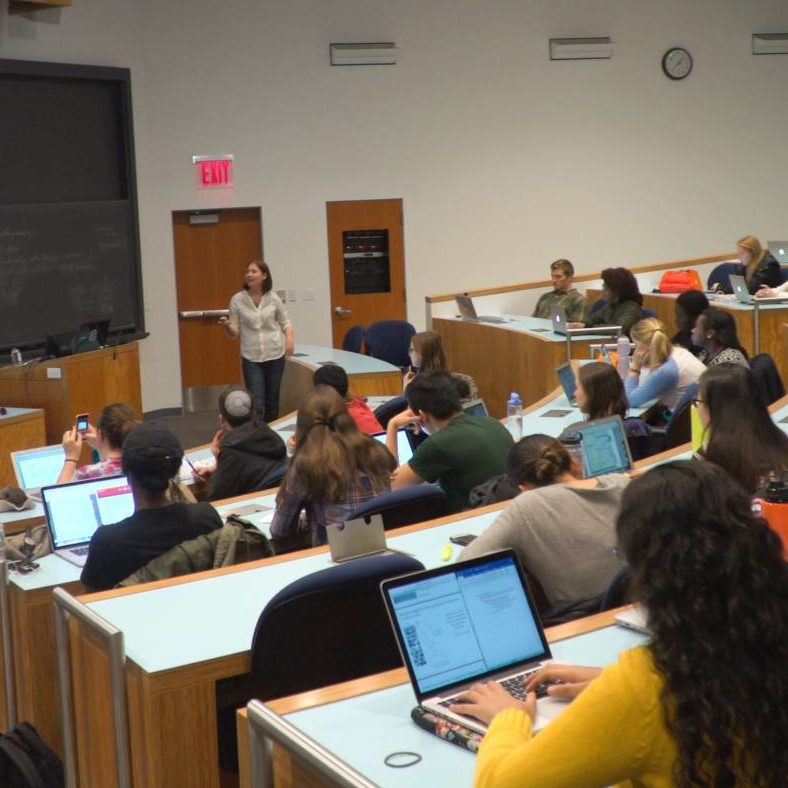
In my last post, I ended with a suggestion: reach out to faculty members. This post is an assortment of advice on how to go about doing that. More precisely, this post is about how to get in touch with faculty for the first time. Yes, dear readers, today we discuss the joy that is the cold email.
There are several situations in which cold emailing can be in your interest. You might want to get to know the faculty member better, or to do research with them. You might also want their advice on research at other institutions, summer programs, or independent work. Whatever your individual case, however, certain general principles apply when reaching out to faculty.
If cold emails are new or intimidating to you, fear not. The advice contained below will (hopefully) make this menacing task feel much more manageable.
First, I suggest doing what you can to make a potentially cold email less cold. If you want to meet with your huge-lecture-course professor, start by introducing yourself after lecture. That way, you can reference that encounter in your follow-up email (“I enjoyed our conversation about X after lecture on Tuesday…”). They’ll have a face to associate with your name, and the two of you will have a conversational starting point in your next meeting.
Next, reflect on your strategy. If you’re looking to do research in a lab, it’s often better to contact a professor’s graduate students before contacting the professor. Why? Grad students and TA’s can provide invaluable insight into what it’s like to work with a particular professor. You’ll also get a sense of your compatibility with potential fellow researchers—keep in mind that in labs, you’ll spend most of your time with grad students and postdocs, not professors.
For this post, I met with the Director of Undergraduate Research, Dr. Pascale Poussart, to get her advice on emailing faculty—particularly in the context of potentially doing research with that faculty member. Dr. Poussart advises that students write personalized emails: go for quality over quantity. Princeton faculty get so many emails, she says, that they can easily spot generic, mass-emailed requests to do research. She also suggests doing your homework before writing your first email. Spend some time reading through the faculty’s research profile and recent publications. If you have questions about their research, consider including one or two in your email. Engaging with a faculty member in that way–as opposed to bluntly asking to work in their lab–will help you develop a genuine relationship with the faculty member, and not come across as uninformed or narrowly self-interested.
As obvious as this may seem, be professional! Use appropriate language, proofread your message–all that jazz. These old-fashioned bits of wisdom are critical to gaining the trust and respect of your chosen faculty member. Remember that you’re asking this person to invest time (and possibly resources) in you, so you should put your best qualities on display.
After you’ve sent an email, the wait begins. Don’t be surprised if it takes some time for the faculty member to get back to you—as mentioned previously, Princeton faculty are inundated with emails. And, if a week or so goes by with no reply, send a follow-up email! A short second email will convey your interest in that person’s research and help you stand out as a go-getter.
Establishing relationships with faculty is a skill you will hone throughout your time at Princeton, and sending cold emails is but one facet of that skill. Your first cold email will likely not be your best—but that’s okay! The process will become more intuitive as time goes on. That said, I hope this collection of advice proves helpful as you reach out to faculty!
— Shanon FitzGerald, Social Sciences Correspondent

